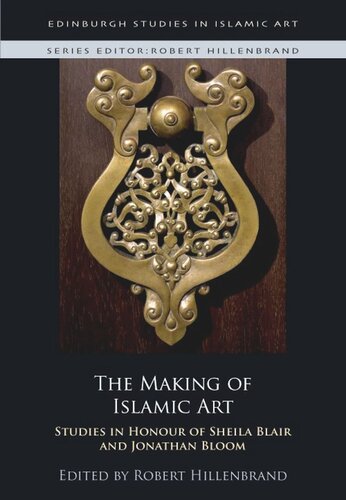

Most ebook files are in PDF format, so you can easily read them using various software such as Foxit Reader or directly on the Google Chrome browser.
Some ebook files are released by publishers in other formats such as .awz, .mobi, .epub, .fb2, etc. You may need to install specific software to read these formats on mobile/PC, such as Calibre.
Please read the tutorial at this link: https://ebookbell.com/faq
We offer FREE conversion to the popular formats you request; however, this may take some time. Therefore, right after payment, please email us, and we will try to provide the service as quickly as possible.
For some exceptional file formats or broken links (if any), please refrain from opening any disputes. Instead, email us first, and we will try to assist within a maximum of 6 hours.
EbookBell Team

0.0
0 reviewsIn their own words, Jonathan Bloom and Sheila Blair espouse ‘things and thinginess rather than theories and isations’. Its many insights, firmly anchored in artistic practice, are supported by ample technical know-how. The range is wide – mosques becoming temples; how religious buildings reflect politics; Yemeni frescoes and inscriptions; domestic Syrian 18th-century ornament; Egyptian bookbinding techniques; recycling and repair in Damascene crafts; conservation versus restoration; narrative on ceramics; metalwork with architectural motifs; lost buildings reconstructed; how objects speak; Muslim burials in China; the role of migrating potters; Mughal painting; stone carpet weights; the use of metals in Islamic manuscripts, calligraphy and modern artists’ books.This book’s practical, down-to-earth dimension, expressed in plain, simple English, runs counter to the current fashion for theoretical explanations and their accompanying jargon when exploring the world of Islamic art. This bottom–up approach differs radically and refreshingly from that of much top-down contemporary scholarship. It privileges the maker rather than the patron.